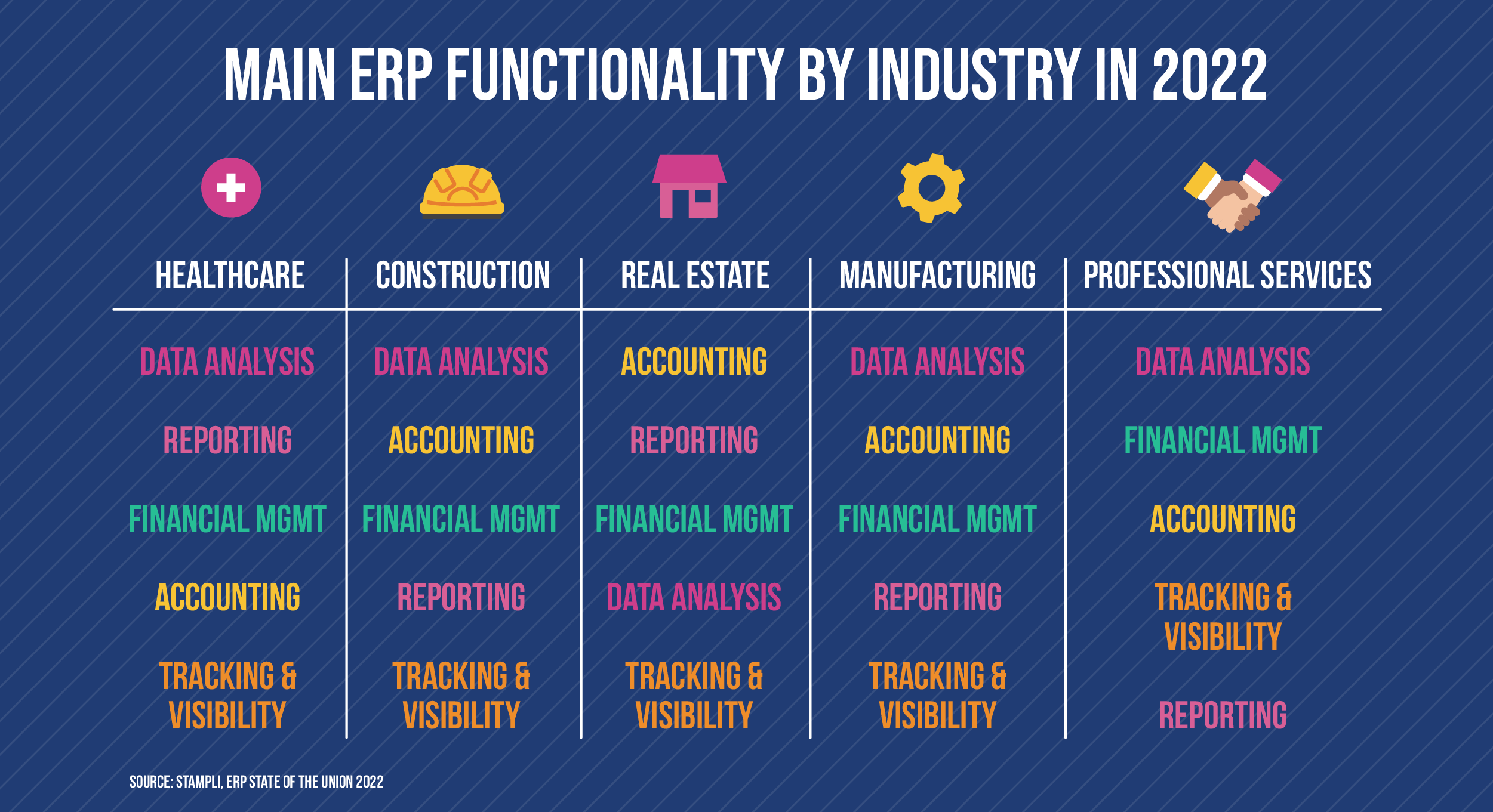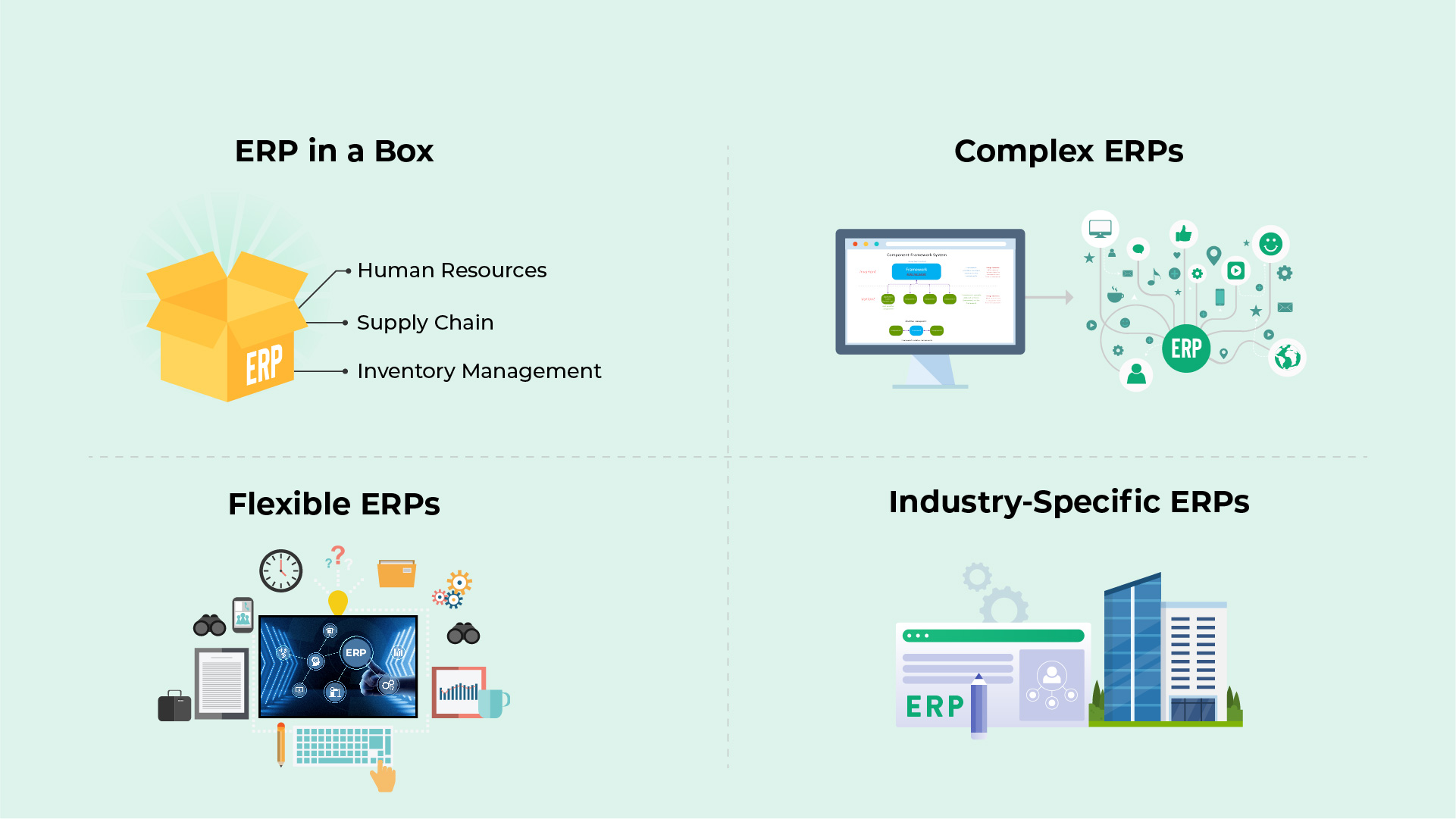How Many ERP Systems Are There?
The ERP (Enterprise Resource Planning) software market is a vast and ever-evolving landscape. With countless vendors and solutions available, organizations are faced with a daunting task when it comes to selecting the right ERP system for their specific needs. To help navigate this complex market, it is crucial to understand the sheer number of ERP systems available and the factors that influence this dynamic landscape.
Market Size and Growth
The global ERP software market is estimated to be worth over $40 billion and is projected to grow significantly in the coming years. This growth is driven by the increasing adoption of cloud-based ERP solutions, the need for businesses to improve operational efficiency, and the growing complexity of global supply chains.
Number of ERP Vendors

The ERP market is highly fragmented, with numerous vendors offering a wide range of solutions. Some of the leading ERP vendors include SAP, Oracle, Microsoft, Infor, and NetSuite. These vendors cater to different market segments and offer solutions tailored to specific industry verticals.
Types of ERP Systems
ERP systems can be classified into various types based on their deployment model, functionality, and target market. Common types of ERP systems include:
- On-premise ERP: These systems are installed and managed on the organization’s own servers, providing greater control and customization options.
- Cloud ERP: These systems are hosted by a third-party provider and accessed via the internet, offering flexibility and scalability.
- Industry-specific ERP: These systems are designed to meet the unique requirements of specific industries, such as manufacturing, healthcare, or retail.
- Small business ERP: These systems are tailored to the needs of small and medium-sized businesses, offering simplified functionality and affordable pricing.
Factors Influencing the Number of ERP Systems
The number of ERP systems available is influenced by several factors, including:
- Technological advancements: The continuous evolution of technology has led to the emergence of new ERP solutions and the improvement of existing ones.
- Changing business needs: As businesses evolve and face new challenges, the demand for ERP systems with specific functionalities and capabilities increases.
- Globalization: The increasing interconnectedness of global markets has driven the need for ERP systems that can support multinational operations.
- Competition: The competitive nature of the ERP market encourages vendors to differentiate their offerings and introduce innovative solutions.

Advantages and Disadvantages of Multiple ERP Systems
The proliferation of ERP systems offers both advantages and disadvantages for organizations:
Advantages:
- Choice and flexibility: A wide range of ERP systems allows organizations to select the solution that best aligns with their specific requirements.
- Innovation and competition: The presence of multiple vendors fosters innovation and drives competition, leading to better products and services.
- Customization options: Organizations can choose ERP systems that can be customized to meet their unique business processes and workflows.

Disadvantages:
- Complexity and confusion: The sheer number of ERP systems can make it challenging for organizations to navigate the market and make informed decisions.
- Integration challenges: Integrating different ERP systems can be complex and costly, especially for organizations with multiple subsidiaries or business units.
- Vendor lock-in: Once an organization implements an ERP system, it may become dependent on the vendor for support and upgrades.
Summary
The ERP software market is a vast and dynamic landscape, with numerous vendors offering a wide range of solutions. The number of ERP systems available is influenced by factors such as technological advancements, changing business needs, globalization, and competition. Organizations should carefully consider their specific requirements and evaluate the advantages and disadvantages of multiple ERP systems before making a selection.
Q&A
Q1: How many ERP systems are there globally?
A: The exact number of ERP systems available globally is difficult to determine due to the constant evolution of the market and the emergence of new solutions. However, estimates suggest that there are thousands of ERP systems available, ranging from large enterprise solutions to specialized industry-specific offerings.
Q2: What are the leading ERP vendors in the market?
A: The leading ERP vendors in the market include SAP, Oracle, Microsoft, Infor, and NetSuite. These vendors offer comprehensive ERP solutions that cater to a wide range of industries and business sizes.
Q3: What are the different types of ERP systems available?
A: ERP systems can be classified into various types based on their deployment model, functionality, and target market. Common types of ERP systems include on-premise ERP, cloud ERP, industry-specific ERP, and small business ERP.
Q4: What factors influence the number of ERP systems available?
A: The number of ERP systems available is influenced by factors such as technological advancements, changing business needs, globalization, and competition.
Q5: What are the advantages of having multiple ERP systems available?
A: The advantages of having multiple ERP systems available include choice and flexibility, innovation and competition, and customization options.
Q6: What are the disadvantages of having multiple ERP systems available?
A: The disadvantages of having multiple ERP systems available include complexity and confusion, integration challenges, and vendor lock-in.
Q7: How should organizations approach the selection of an ERP system?
A: Organizations should carefully consider their specific requirements and evaluate the advantages and disadvantages of multiple ERP systems before making a selection.
Q8: What is the future of the ERP market?
A: The future of the ERP market is expected to be characterized by continued growth, driven by factors such as the increasing adoption of cloud-based solutions, the need for businesses to improve operational efficiency, and the growing complexity of global supply chains.
Q9: What are some emerging trends in the ERP market?
A: Emerging trends in the ERP market include the rise of artificial intelligence (AI) and machine learning (ML), the adoption of blockchain technology, and the increasing focus on customer experience (CX).
Q10: How can organizations stay up-to-date with the latest ERP trends?
A: Organizations can stay up-to-date with the latest ERP trends by attending industry events, reading industry publications, and engaging with ERP vendors and consultants.
Q11: What are some best practices for ERP implementation?
A: Best practices for ERP implementation include thorough planning, user involvement, data migration, and ongoing support and maintenance.
Q12: What are the common challenges faced during ERP implementation?
A: Common challenges faced during ERP implementation include resistance to change, data quality issues, and integration challenges.
Q13: How can organizations measure the success of their ERP implementation?
A: Organizations can measure the success of their ERP implementation by tracking key performance indicators (KPIs) such as improved operational efficiency, reduced costs, and increased customer satisfaction.
Conclusion
The ERP software market is a vast and complex landscape, with numerous vendors offering a wide range of solutions. Understanding the sheer number of ERP systems available and the factors that influence this dynamic market is crucial for organizations seeking to select the right ERP system for their specific needs. By carefully considering their requirements and evaluating the advantages and disadvantages of multiple ERP systems, organizations can make informed decisions that will drive business success.
As the ERP market continues to evolve, organizations should stay abreast of emerging trends and best practices to ensure that their ERP systems remain aligned with their changing business needs. By leveraging the power of ERP technology, organizations can streamline operations, improve efficiency, and gain a competitive edge in today’s global marketplace.
